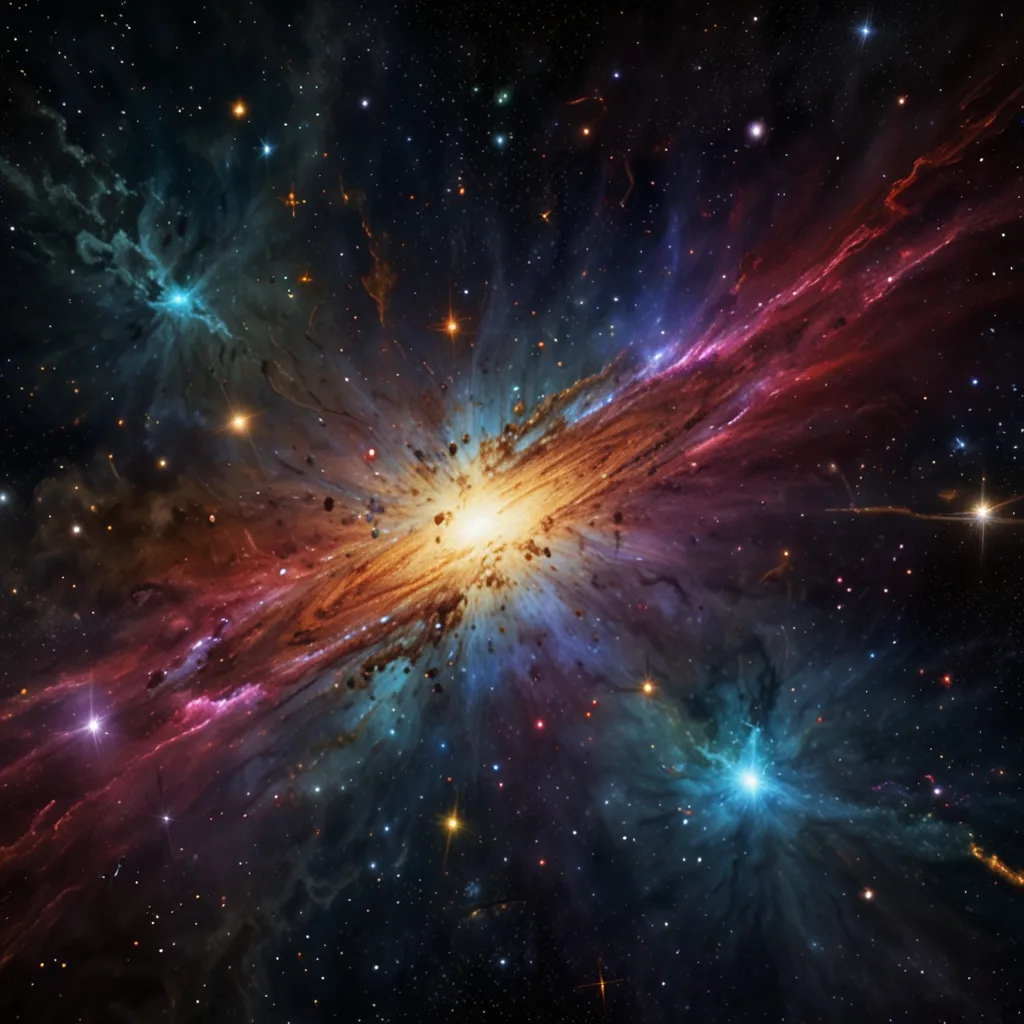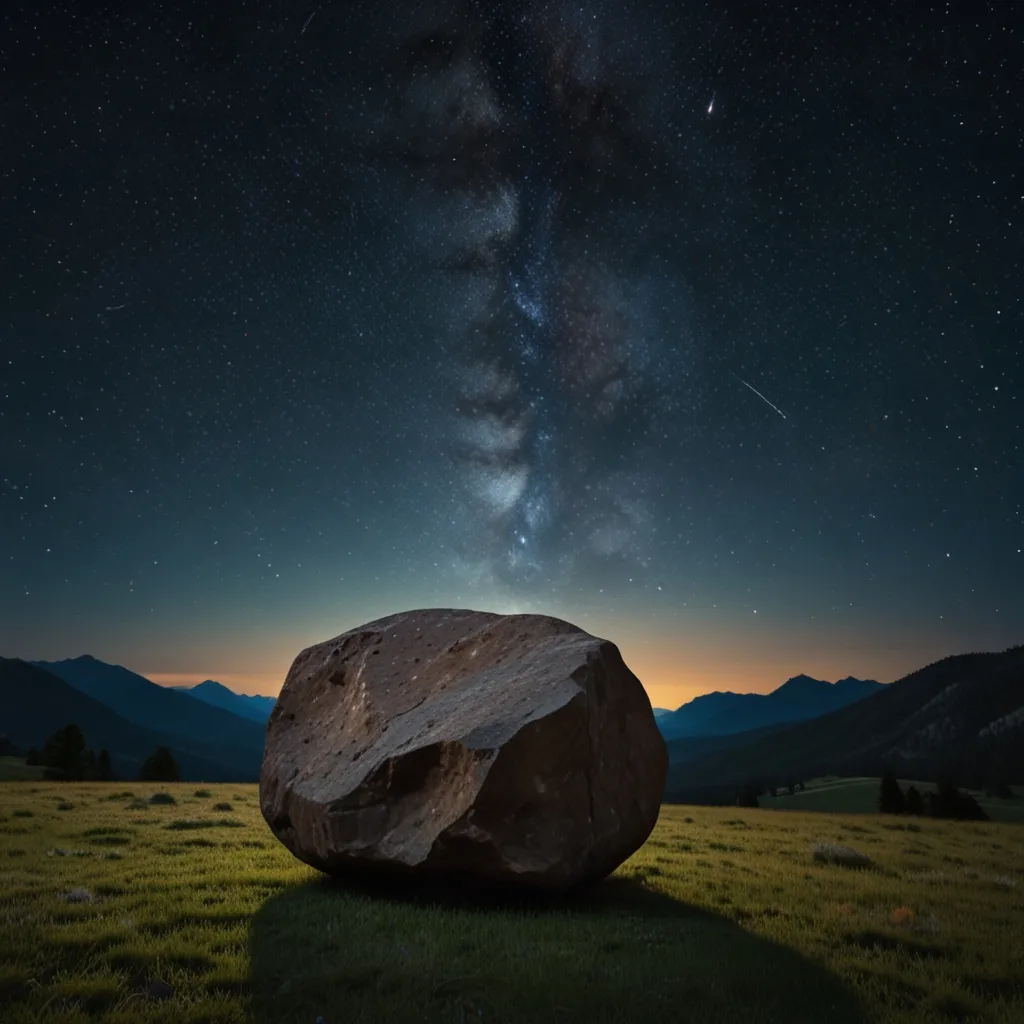The universe around us is an intricate composition of countless atoms, each holding unique properties determined by the number of protons in their nucleus. This principle is the backbone of the periodic table, something anyone who’s taken a chemistry class would recognize. But, following the Big Bang, the universe only contained the lightest elements: hydrogen, helium, and lithium, along with some isotopes.
Today, though, elements as heavy as Californium (element 98) exist naturally. So, how did all these heavier elements form if they weren’t created immediately after the Big Bang? And more intriguingly, where did the life-supporting elements like carbon, nitrogen, and oxygen come from?
The story begins with the Big Bang nucleosynthesis, a process enriching the universe with its first nuclei—mostly protons and helium. This event didn’t create neutral atoms but nuclei, which eventually captured electrons through a process called recombination, forming the first neutral atoms. However, the universe remained mostly dark until the first stars ignited from this hydrogen gas.
Inside these stars, nuclear fusion progressed, where hydrogen atoms fused to form helium, releasing tremendous energy in the process. This wasn’t just exclusive to our sun; stars of all sizes participated in this fusion process, creating various elements. But stars like our sun could only forge elements up to carbon and nitrogen.
The heavier elements on the periodic table owe their existence to more massive stars. Unlike smaller stars, these giants continued the fusion process up to iron. Beyond this point, fusion ceased to produce energy, leading to the stars’ eventual collapse and explosion in supernovae. These cataclysmic events synthesized elements heavier than iron through rapid nucleosynthesis caused by extreme temperatures and pressures.
Yet, the periodic table’s tale doesn’t stop here. Smaller stars and their remnants—white dwarfs—also play a pivotal role. Forming within the remnants of previously exploded stars, these stellar survivors provide an environment where neutrons get captured by nuclei, leading to the creation of heavier elements.
Additionally, events like the merging of neutron stars contribute further. These collisions free large numbers of neutrons, leading to the formation of elements up to plutonium. Elements heavier than plutonium arise from the decay of elements like uranium.
Interestingly, although 118 elements are known, only 98 occur naturally—the rest are man-made. We see that the universe is predominantly composed of hydrogen and helium, with all other natural elements accounting for just a small fraction. Despite these elements’ small presence, they are scattered across the universe, forming stars, planets, and, potentially, life forms.
In essence, the narrative of element formation is a testament to the universe’s dynamic and ever-evolving nature. From the fiery hearts of stars to the violent splendor of supernovae, the formation of elements underscores how our cosmos is a masterpiece of continuous change and creation.






